GIRONDE
Girondins have cultivated a taste for the good things in life. They enjoy a superb environment and a diverse economy, where vineyards, high-tech, aeronautics and tourism operate happily side-by-side, reaping the benefits of their proximity to one of Europe’s most important international commercial centres, the City of Bordeaux. The sophistication of Bordeaux contrasts with the region’s bustling markets towns and villages where a wealth of local traditions continue to thrive.

With a surface area of 10,000 km2, The Gironde is France’s biggest Department. Its capital, Bordeaux, is also the capital of Aquitaine-Limousin-Poitou-Charente. For simplicity, the locals refer to The Gironde’s Inland and Atlantic regions.
Inland Gironde is renowned for its world-famous vineyards, Médoc, Pomerol, Saint-Emilion and Sauternes, its bastide towns as well as its remarkable architectural heritage, including Romanesque churches, fortified mills, mediaeval castles and Renaissance citadels.
Atlantic Gironde is characterised by its majestic estuary, unspoiled coastline, maritime pines and great lakes. The Arcachon Basin is an inland sea bordered by Europe’s highest dune, the Dune de Pyla, and is one of France’s most popular beach resorts, for locals as well as visitors.
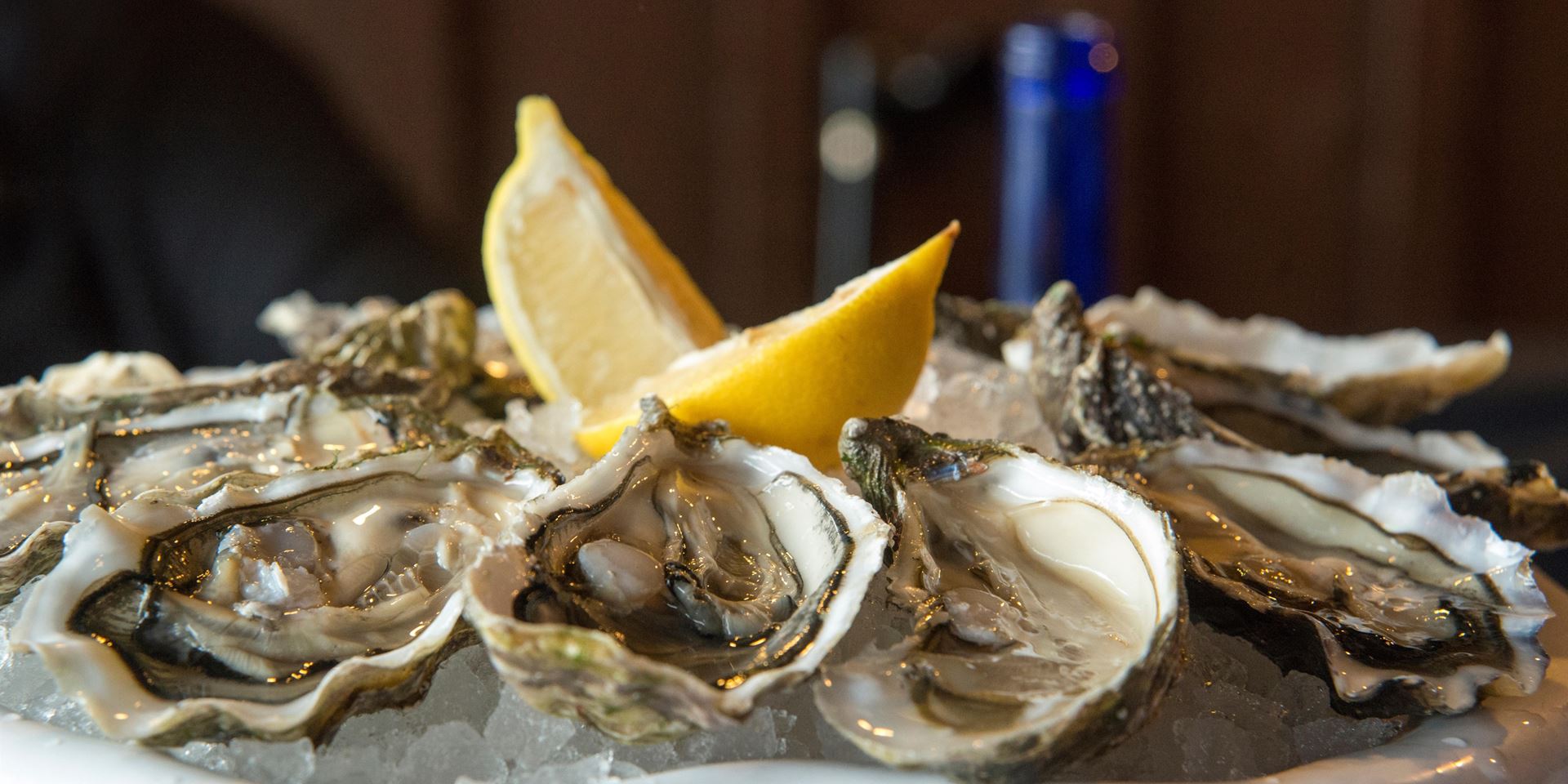
The market in the last four years has been relatively stable, with an average of over 30,000 transactions per year. 2015 and 2016 saw a modest rise in prices across all sectors; Statistics provided by the Chambre des Notaires suggest that this trend is set to continue into 2017. The market in central Bordeaux is a hot spot. Demand greatly outstrips supply and prices are spiralling upwards. There is a ripple effect in the surrounding areas. The price increases are fuelled by the interest from Parisian buyers who appreciate the investment opportunity and the quality of life afforded by the area. The high speed train link between Paris and Bordeaux which will be operational later this year will reduce the travelling time between Paris and Bordeaux to just over 2 hours. This is bound to add further to the areas desirability.
The most classic style of building is the Girondine, a 19th century flat fronted house with gracious tall windows offering light-filled accommodation. There are also farmhouses mostly to the east of the department which are full of charm and offer a more rustic lifestyle. Village houses with cute courtyards offer style, space and are a very manageable housing option. The coast offers an altogether different range of styles including Arcachonaise villas, simple beach chalets right up to fabulous examples of ultra-modern architecture.
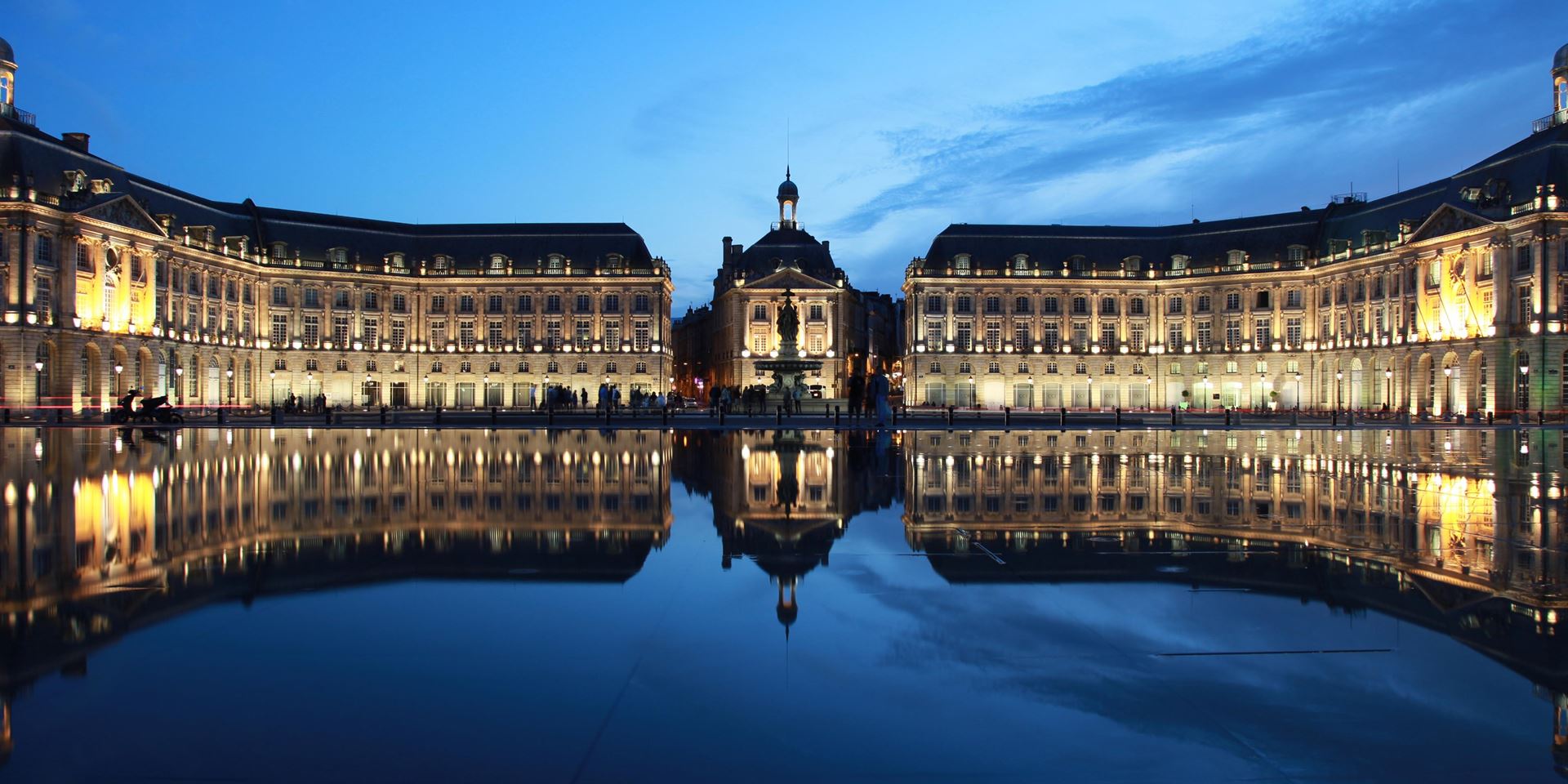
There is something for everyone in the Gironde. As with any area that is sought after, the entry point to the market is not as low as in the more remote rural areas of France. However, in terms of value for money, the Gironde can’t be beaten as it offers a quality of life that is truly exceptional.
Expect to pay a minimum of 200,000€ for a house in the countryside. At a similar price, you can buy a surprisingly spacious village house which represents great value. Even with a budget of 100,000€, you can still become part of the wonderful Girondine community.
For a substantial four-bedroom farmhouse with a pool, prices start at around 320,000€ and increase as you move closer to Bordeaux. However, wherever you are in the Department, you are never more than 1½ hour’s drive from the city.
As you move up the housing ladder, you will come across beautiful country estates with extensive outbuildings and fabulous views for 600,000€ plus. From around 1m€ upwards (the price of a 3 bed semi in Outer London) you can own a château with its own grounds and enjoy a truly bourgeois lifestyle.
Whatever your budget, we will help you achieve your dream of acquiring a property in one of France’s most beautiful Departments. With our own experience and that of so many happy customers to draw on, you can be confident we will find the right property for you.
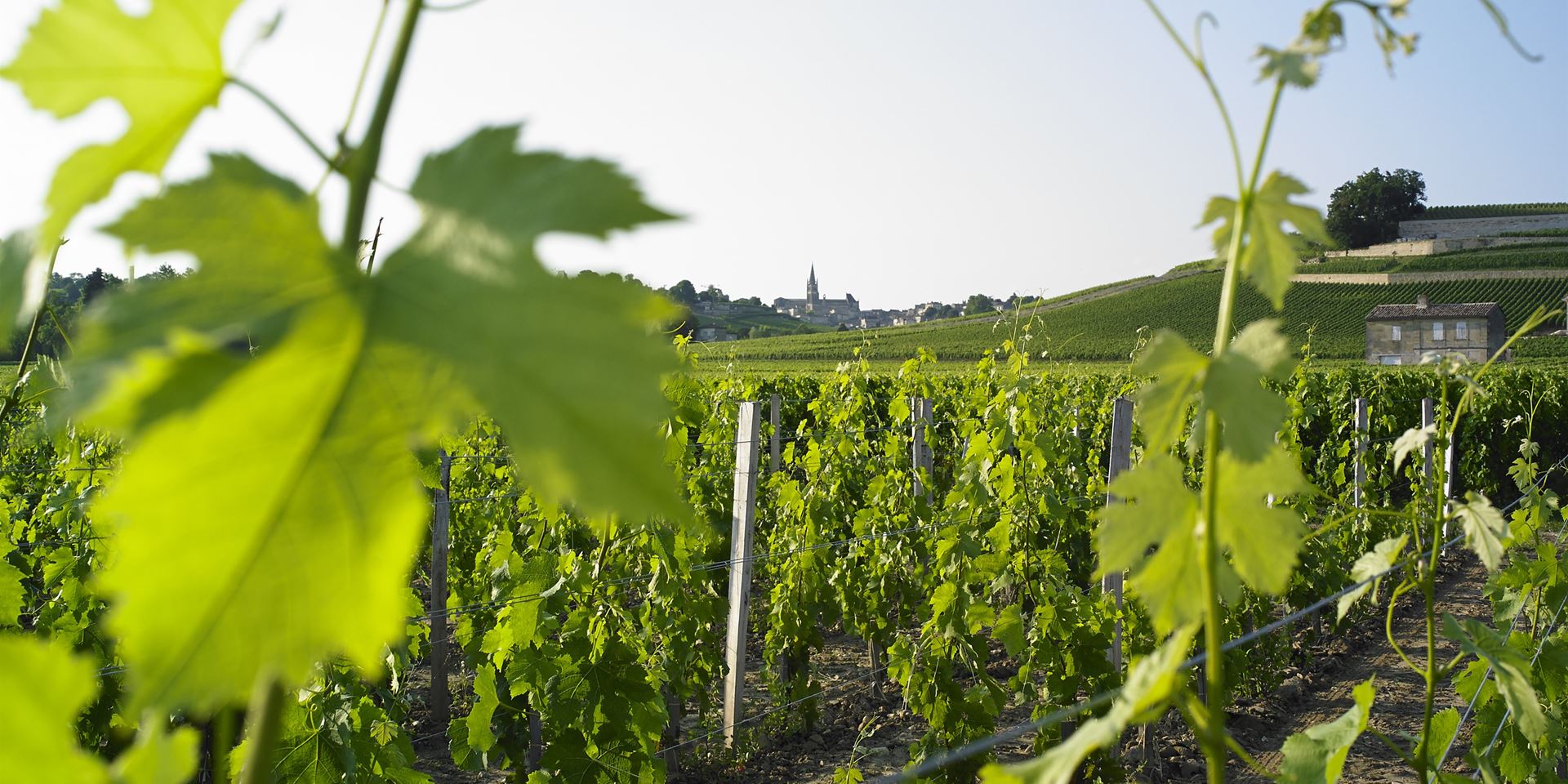
The Gironde is very accessible via all means of transport. The area is well-served by the motorway infrastructure and the ring road around Bordeaux has been extended and improved during the last few years. The A10 AutoRoute runs from Paris via Poiters and Tours and you can continue down the A63 to Biarritz and the Spanish border.
The vast majority of our properties are within one hour’s drive of the main international airport, Merginac, which lies to the west of Bordeaux. There are direct flights from UK cities including London Gatwick, London Luton, Stansted, Manchester, Birmingham, Bristol and Southampton.
Bergerac Dordogne Perigord Airport may be preferable for Inland Gironde destinations such as St-Foy-la-Grande, Duras, Monségur and La Réole. There are flights from several UK destinations including London, Southampton, Birmingham, Liverpool, Bristol, Nottingham, Manchester, Exeter and Edinburgh.
The high speed TGV from Paris to Bordeaux is currently being improved, reducing journey times to around two hours. In a second phase, the Eurostar will be extended as far as Bordeaux.
If you are considering taking a ferry from the UK, the closest ports are St Malo and Caen but you might also want to consider Santander, close to the Spanish border.
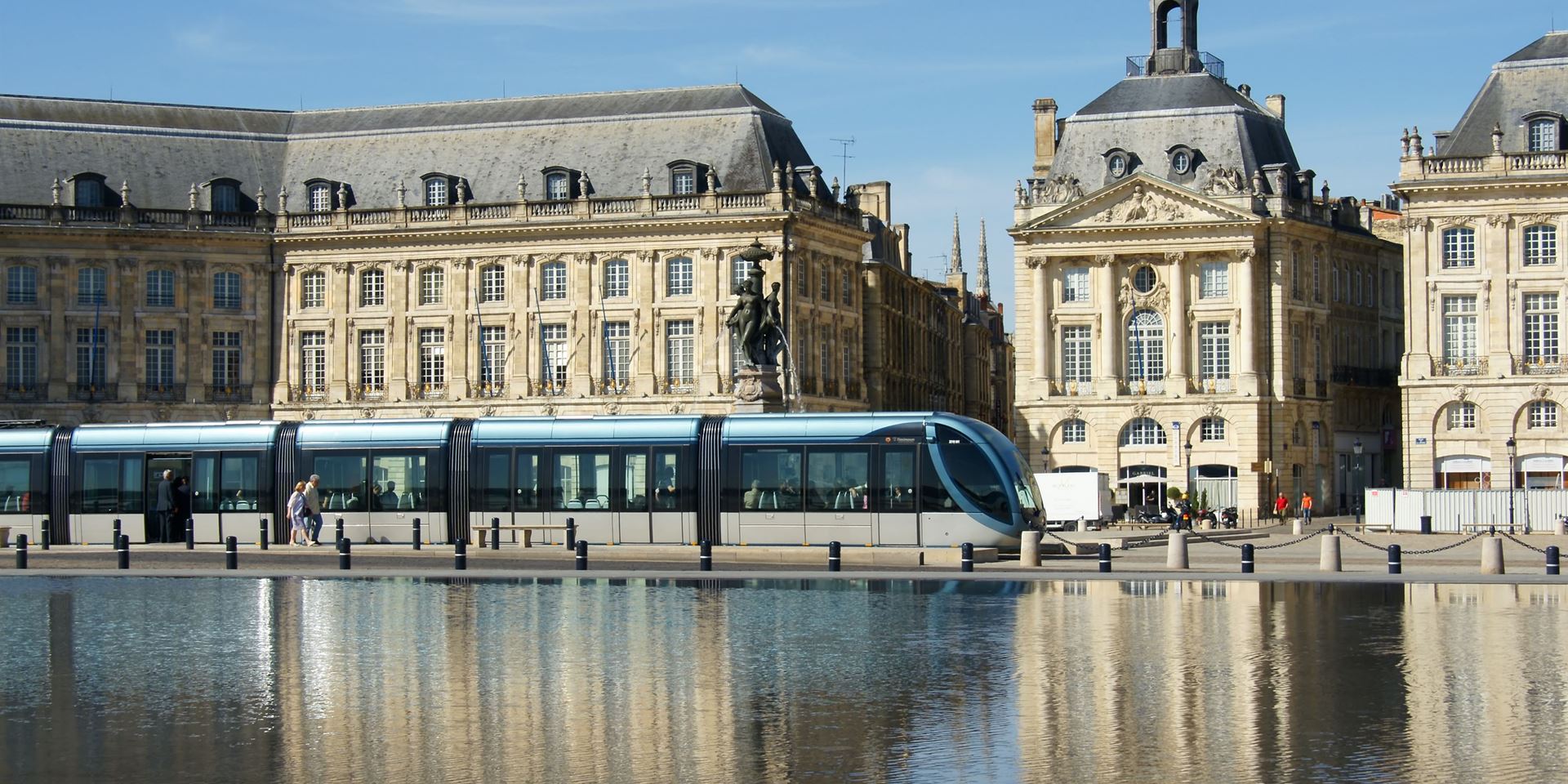
Local state schools across The Gironde are of a generally high standard. For families interested in private education, there is a wide choice available through all age groups. The private school system in France is highly subsidised which means that fees are affordable, certainly compared to UK prices. You can expect to pay around 150€ per month and 450€ for boarding. The International School in Bordeaux allows children to study key subjects in English whilst several of the private lycées, such as La Sauque, Assomption Bordeaux and Magendie have European sections where a proficient level of English is required.
The beautiful coastal town of Arcachon is the weekend destination of many of the Bordelais. The town has a reputation for excellent oysters, fine dining, exceptional sea vistas and expansive sandy beaches. The area has its own distinct architecture and the traditional villas are referred to as ‘Arcachonnais’.
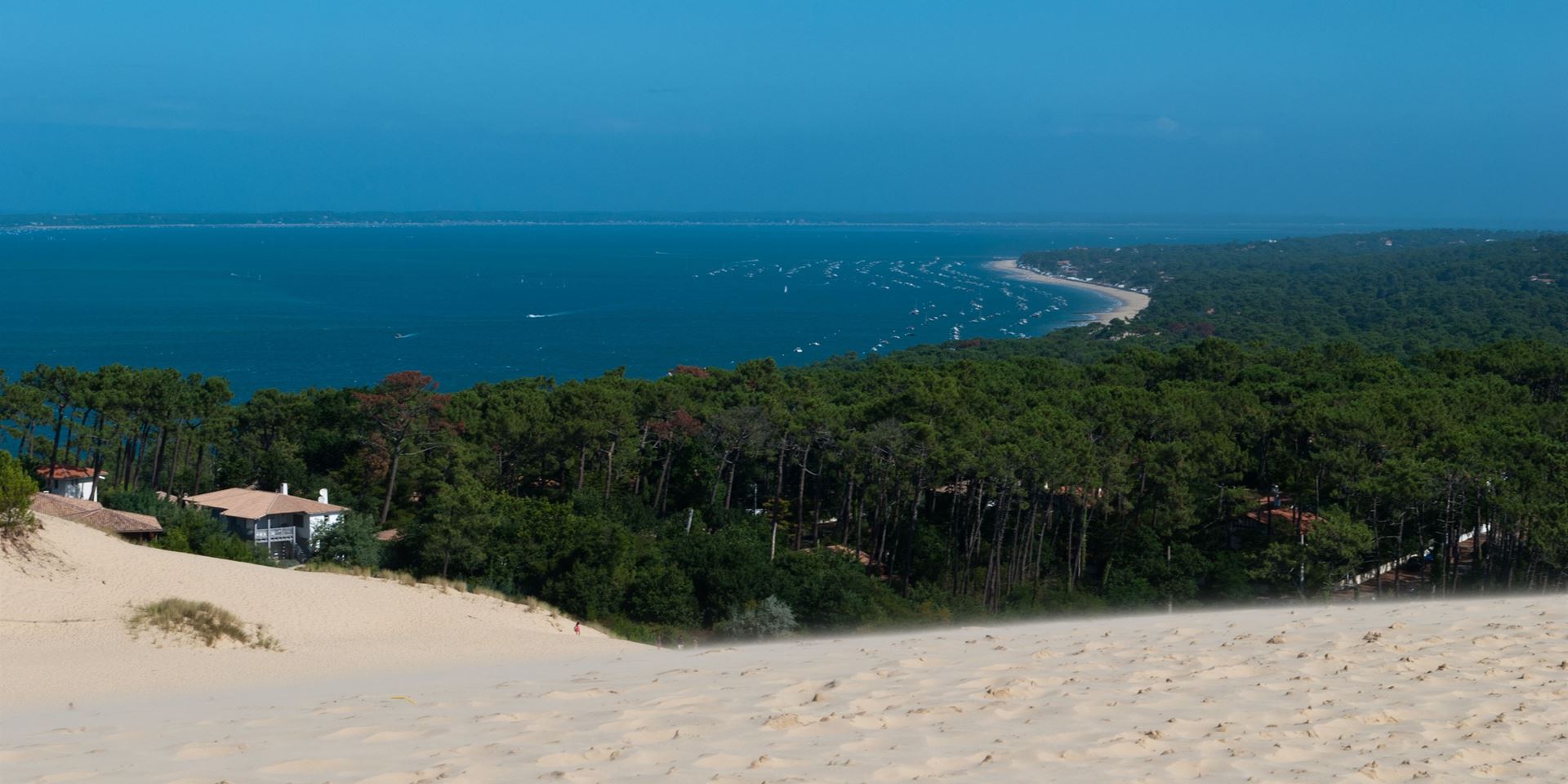
The town is separated into four distinct areas, named after the four seasons. For property the most desirable area is the Ville d’Hiver where the traditional, bourgeois properties are located.
The boardwalk which stretches from the centre of the town to the quaint fishing port is well patronized by locals and tourists alike who take the time to admire the flotillas of traditional wooden boats.
Arcachon is home to the number one tourist destination in the Gironde, the Dune du Pyla, a natural sand dune that measures between 110-115 metres. Once you have scaled the dune the beautiful beach below is evident and the area is perfect for paragliders.
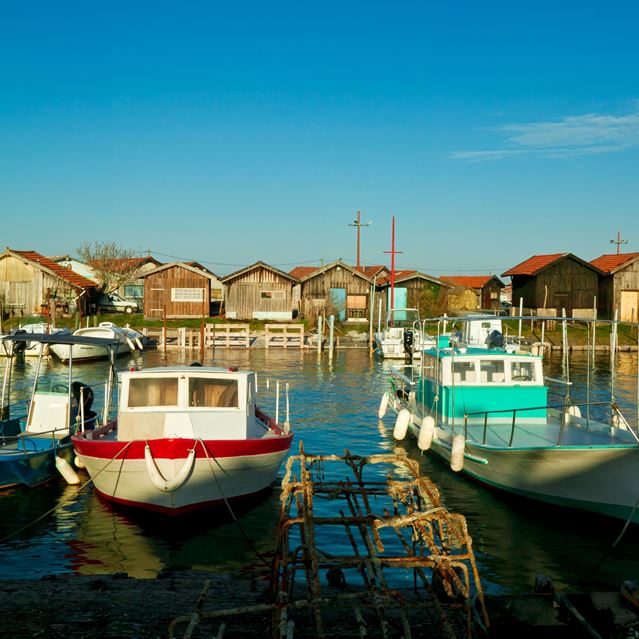
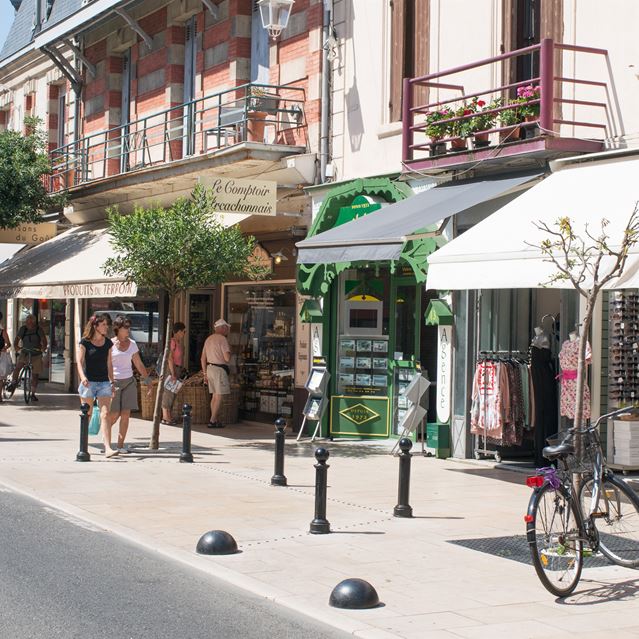
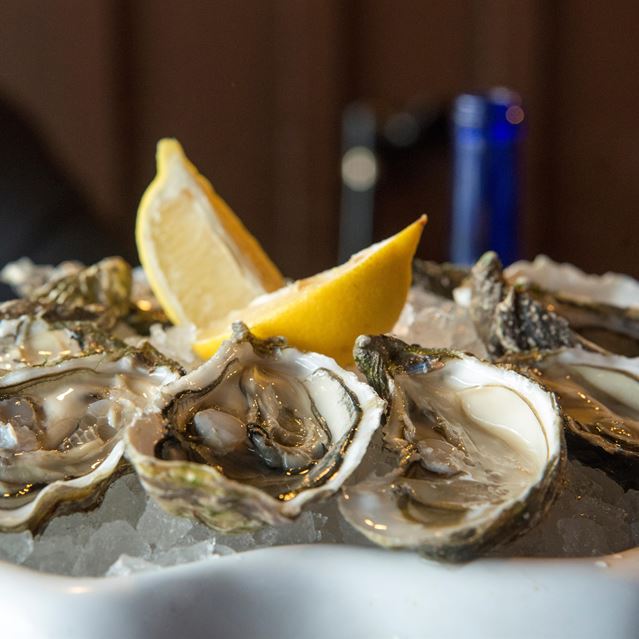
The pretty town of Bouliac benefits from a privileged position in the Gironde, as the gateway to the Entre deux Mers region, it has retained its vibrant village atmosphere whilst having great proximity to Bordeaux.
The 12th Century church sits proudly in the centre of the village and when you wander behind a magnificent panoramic view of the city of Bordeaux is visible.
The town is home to the prestigious, St James, which houses a gourmet and luxury four-star hotel and restaurant in sympathetically designed modern extensions to a traditional 18th Century longere property.
The immediate surroundings to this pretty village contain numerous prestige châteaux and vineyards.
The cycling capital of the Gironde, Creon is intersected by the cycle path that connects the local area to Bordeaux which is only 20kms away.
The Roger Lapébie cycle track is named after the winner of the Tour de France in 1937 and follows the path of a former railway line, with several dedicated stops in former railway stations.
The town is a fortified bastide with a good selection of commerce and a weekly market. If you like historic buildings you should definitely take the time to see the Abbaye de La Sauve Majeure, which is an example of XI century architecture and is a short drive from the main town.

One of the more popular villages in the Entre deux Mers regions due to its authentic cobbled streets, panoramic views and vibrant village life.
The town sits high on a rocky outcrop and was originally fortified; as you wander around the old part of the town keep your eyes out for original stone decoration and mediaeval properties.
The town has a great brocante during August and a Fête de la Musique in June, which celebrates different styles of music including classical.
It is surrounded by a number of beautiful châteaux and vineyards so there is a good selection of local produce to chose from!
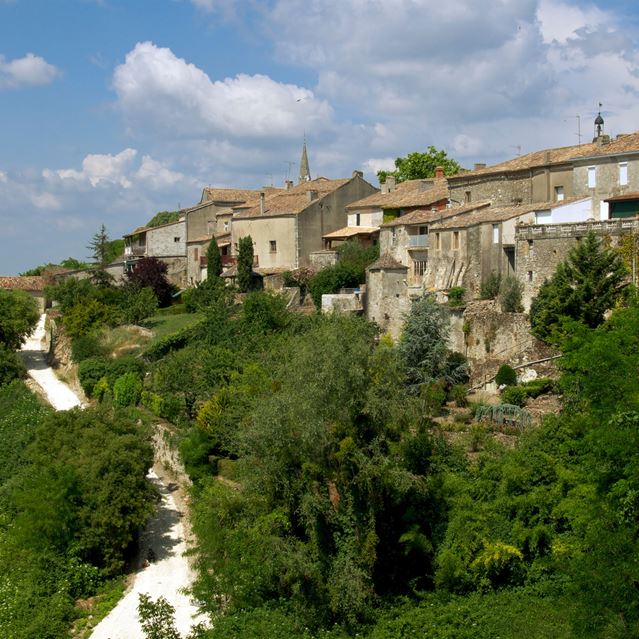
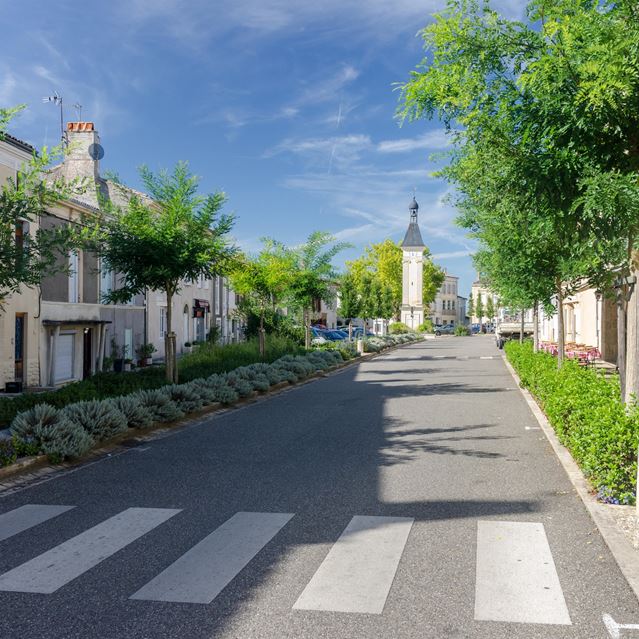
The town of La Réole has benefited from recent upgrading throughout the town centre. Its cobbled, winding streets are now being shown at their best with the 12th Century town hall, which was built for Richard the Lionheart, taking pride of place.
The town has numerous buildings of architectural note perched on its rocky outcrop overlooking the Garonne river. Its Saturday morning market along the quays side is well patronized.
There are excellent transport links via the motorway and train infrastructure.
One of the larger towns in the Gironde, Libourne is situated between Bordeaux and the town of St Emilion.
Its riverside location made it ideal for a prosperous town to be created in 13th Century, many affluent merchant properties were added in the 16th Century.
The town has an expansive central square around which are the traditional stone arcades and is still used today for the marketplace.
Libourne has a good choice of schooling, great transport links and a direct train link to Paris.
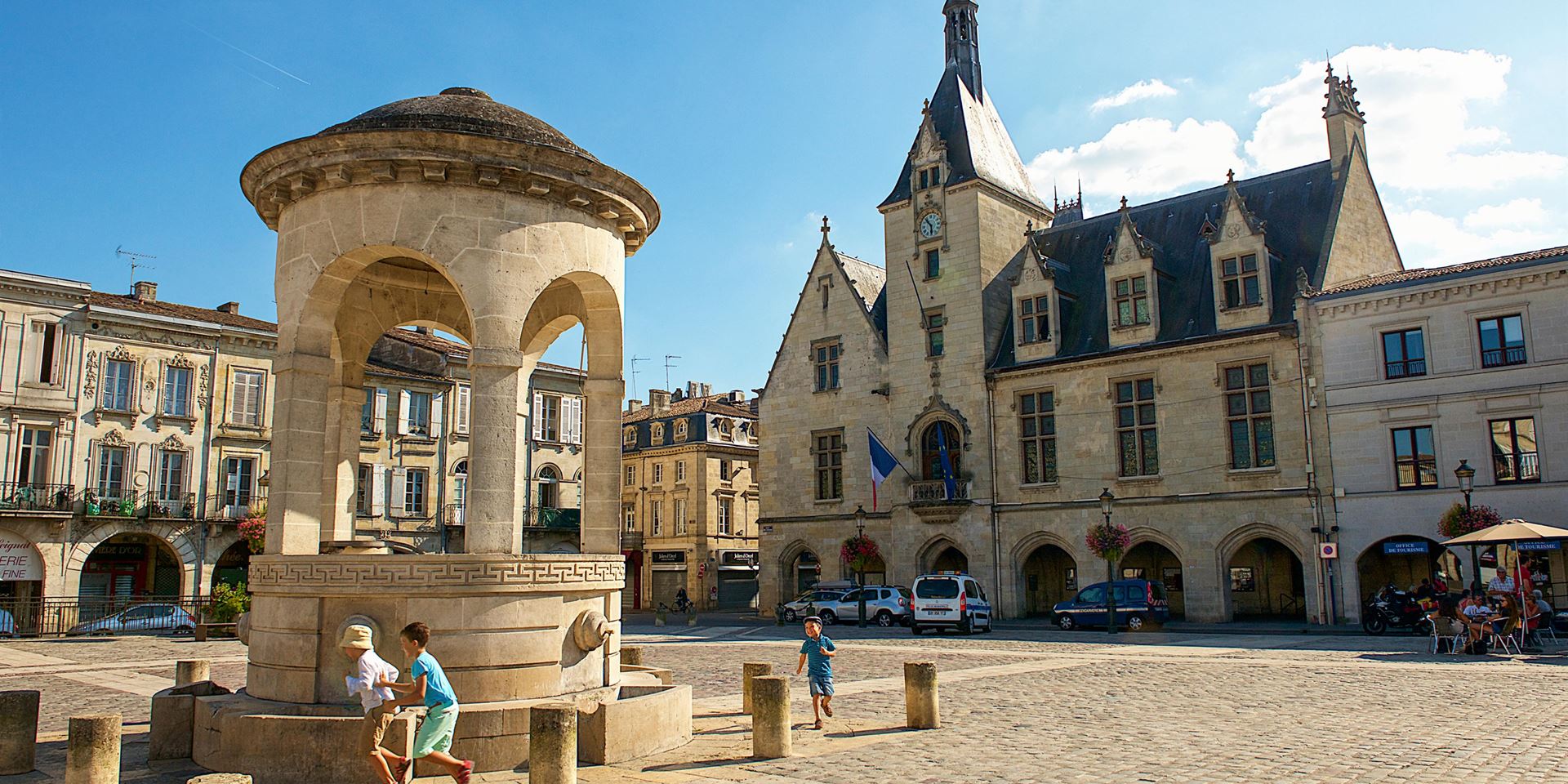
This popular bastide town has a beautiful wrought iron covered market place in the centre of the main square which is the focal point for the towns festivities.
Apart from the usual commerce Monségur is fortunate to have have a cinema which shows a variety of new releases in both French and a few in English.
The town is best known for its 24 hours of Swing jazz festival where it becomes the focus for jazz lovers from all over the world. The local college has a designated class for music lovers which attracts students from throughout Aquitaine.
The river Dropt winds through the outskirts of the village and provides a perfect location for a peaceful walk along a designated footpath.
Founded in the 13th century, Monségur is an 'English' bastide as it was founded by the English when they occupied the region before the Hundred Years War.
Monségur is slightly unusual in that a significant part of its original defensive ramparts remain intact, you can walk the two kilometres around the town while enjoying the attractive views across the Dropt valley.
Pujols is one of the most beautiful villages in France, overlooking the Lot valley and offers visitors a rare insight into the mediaeval world of times gone by. The village is surrounded by fortifications of the thirteenth century, it has a collegiate church and a hall all of which are great examples of mediaeval architecture.
It is a bastide town that still follows very precisely the original 'grid' layout. You can stand in the centre and look straight out in each direction to see the original four stone gates that were once the entry points into the town.
The central square is still used for the traditional weekly market and year round festivities. The town has an excellent cave where you can purchase locally produced wine.
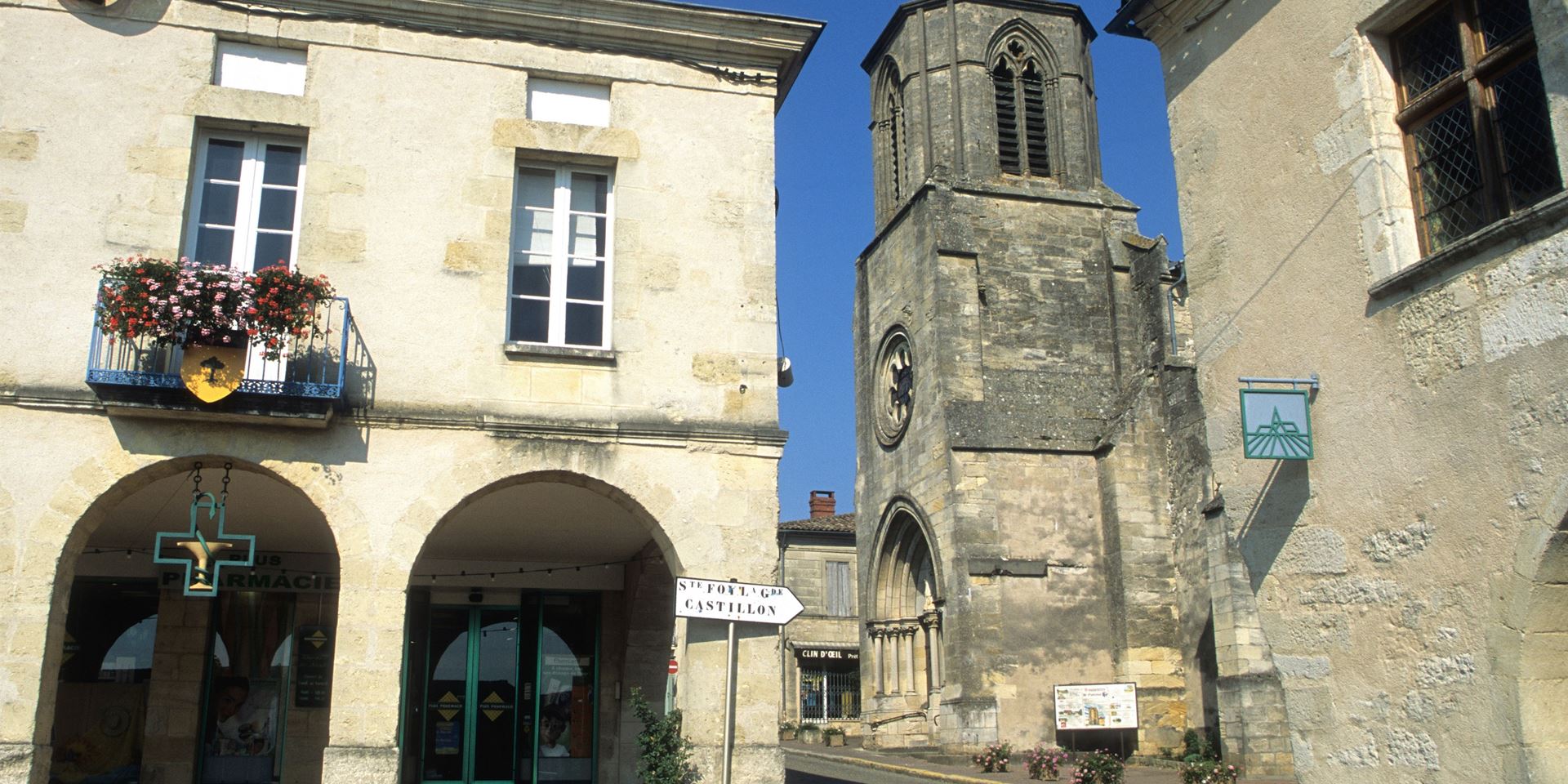
Perched on a rocky outcrop is the famous wine producing village of Saint Emilion. The views from the town are magnificent and provide a bird’s eye view of the rooftops and the surrounding world famous vines.
The town is best known for its excellent wine but it is also a UNESCO world heritage site and boasts a remarkable architectural heritage. The charming medieval town is a warren of narrow cobbled streets teaming with historical references and packed full of restaurants, bars and wine paraphernalia.
The town also has the largest monolithic church in Europe and 200km of underground limestone caves. It is this presence of limestone that accounts for the perfect soil conditions that produce this towns greatest export; wine.
If you wish to learn more about gastronomy, wine and wine production St Emilion has a plethora of Châteaux which provide tailored courses whatever your level of expertise.
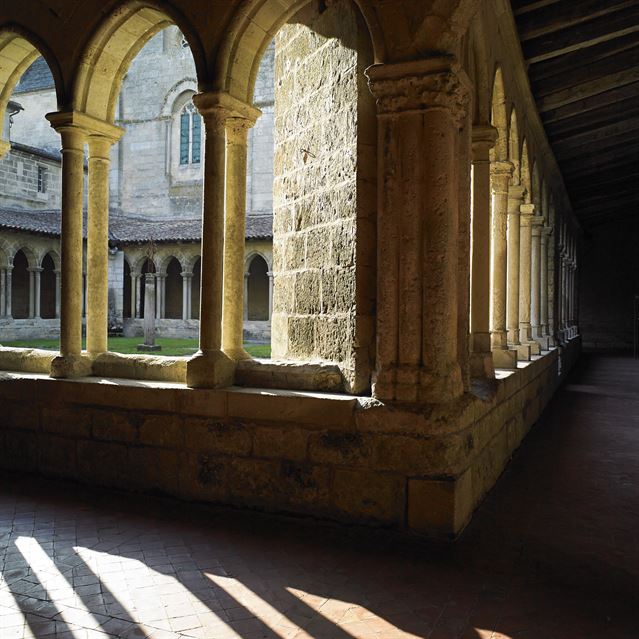
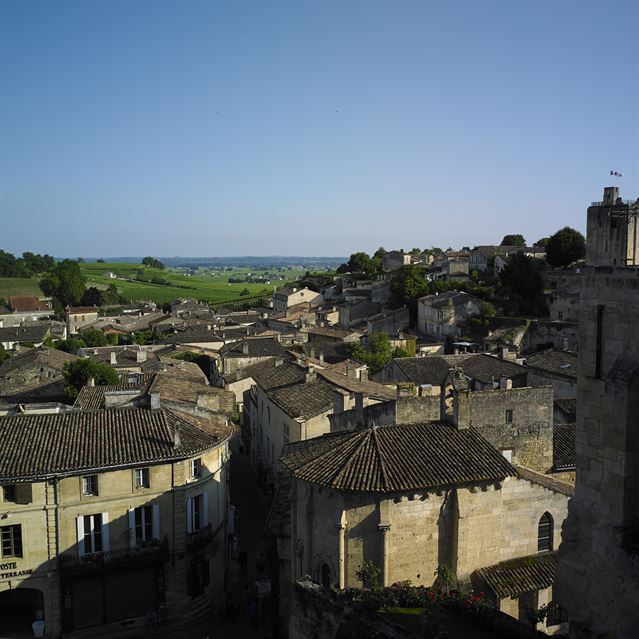
Sainte Foy la Grande is located on the banks of the Dordogne River where three departments meet; the Gironde, Dordogne and Lot-et-Garonne. The town centre is full of half-timbered houses from the fifteenth century and it has a vibrant and bustling market on a Saturday morning.
The river provides a wealth of water sports during the summer months with kayak trips up and down the river being popular with locals and tourists alike.
The town has a good selection of private and local schooling.
Ce site utilise Google Analytics. Nous autorisez-vous à déposer un cookie à des fins de mesure d'audience ? En savoir plus